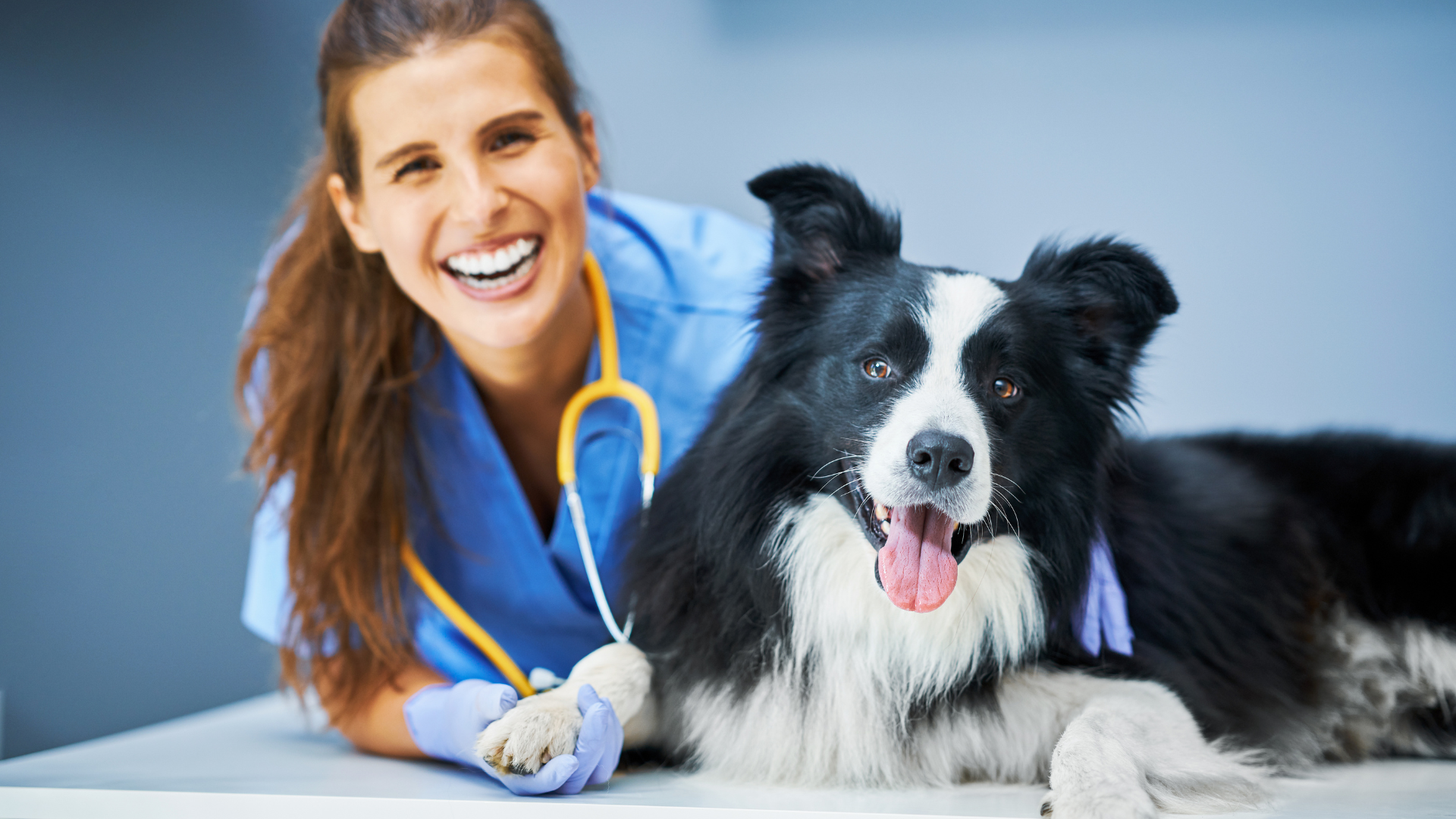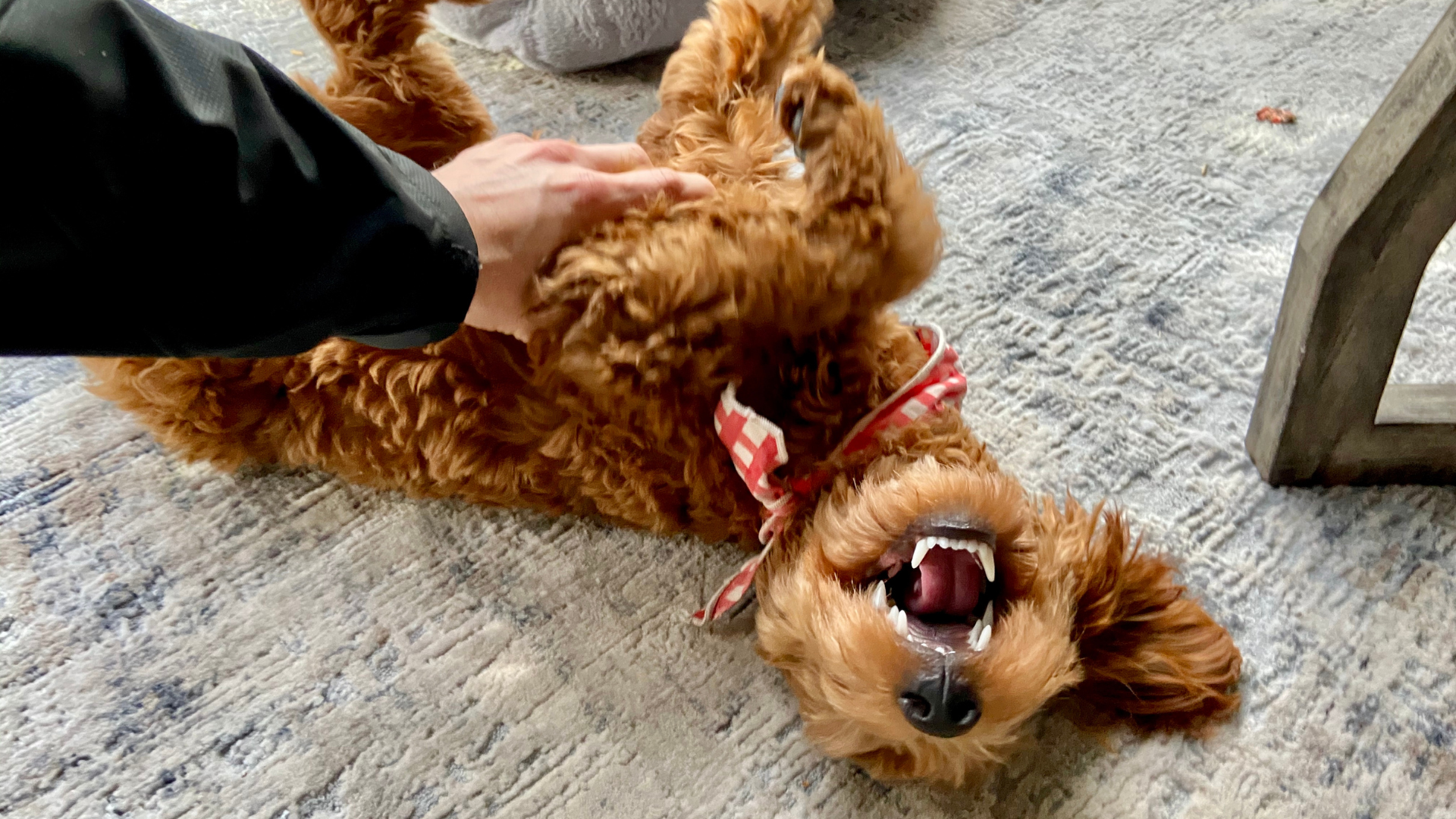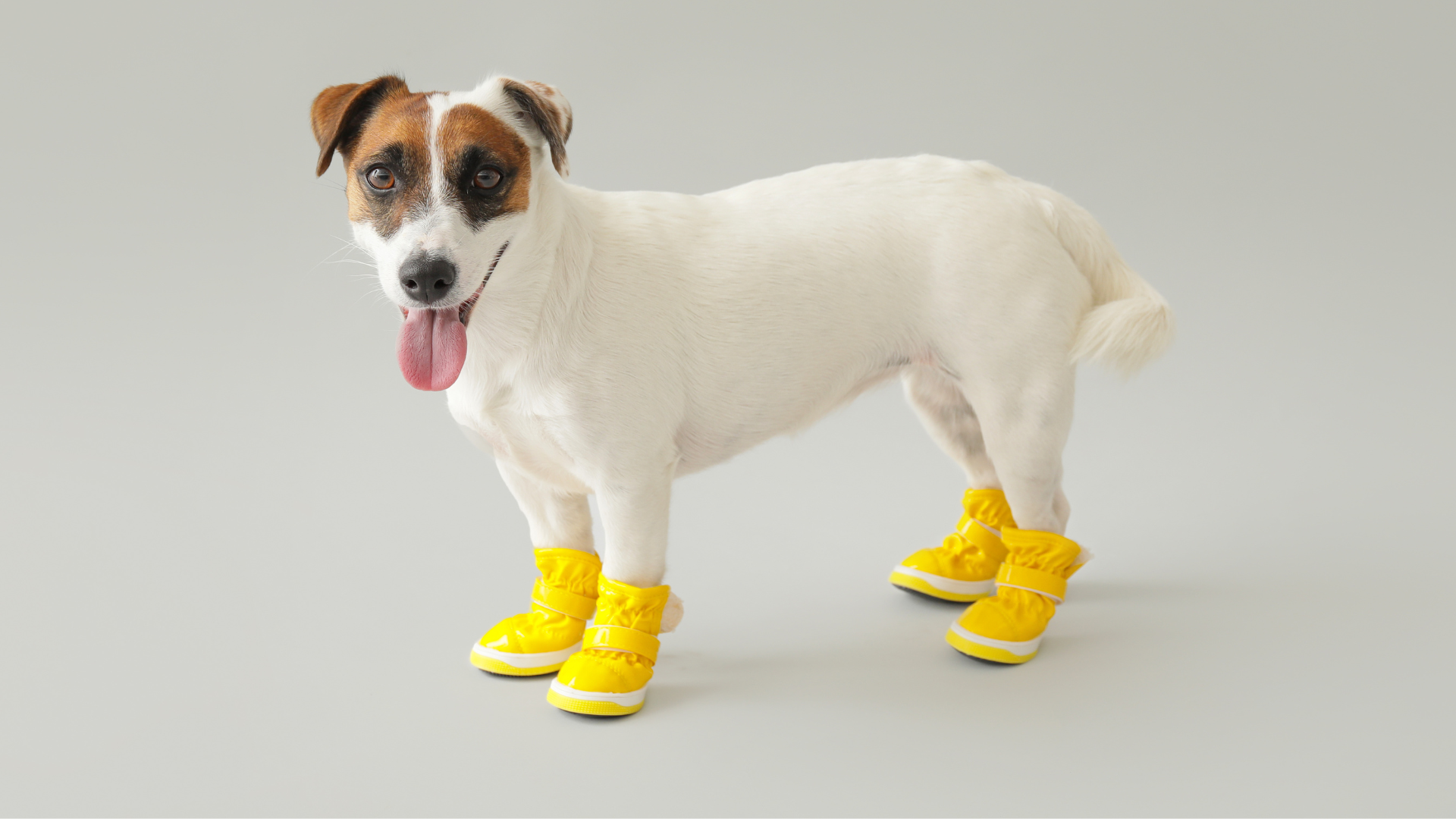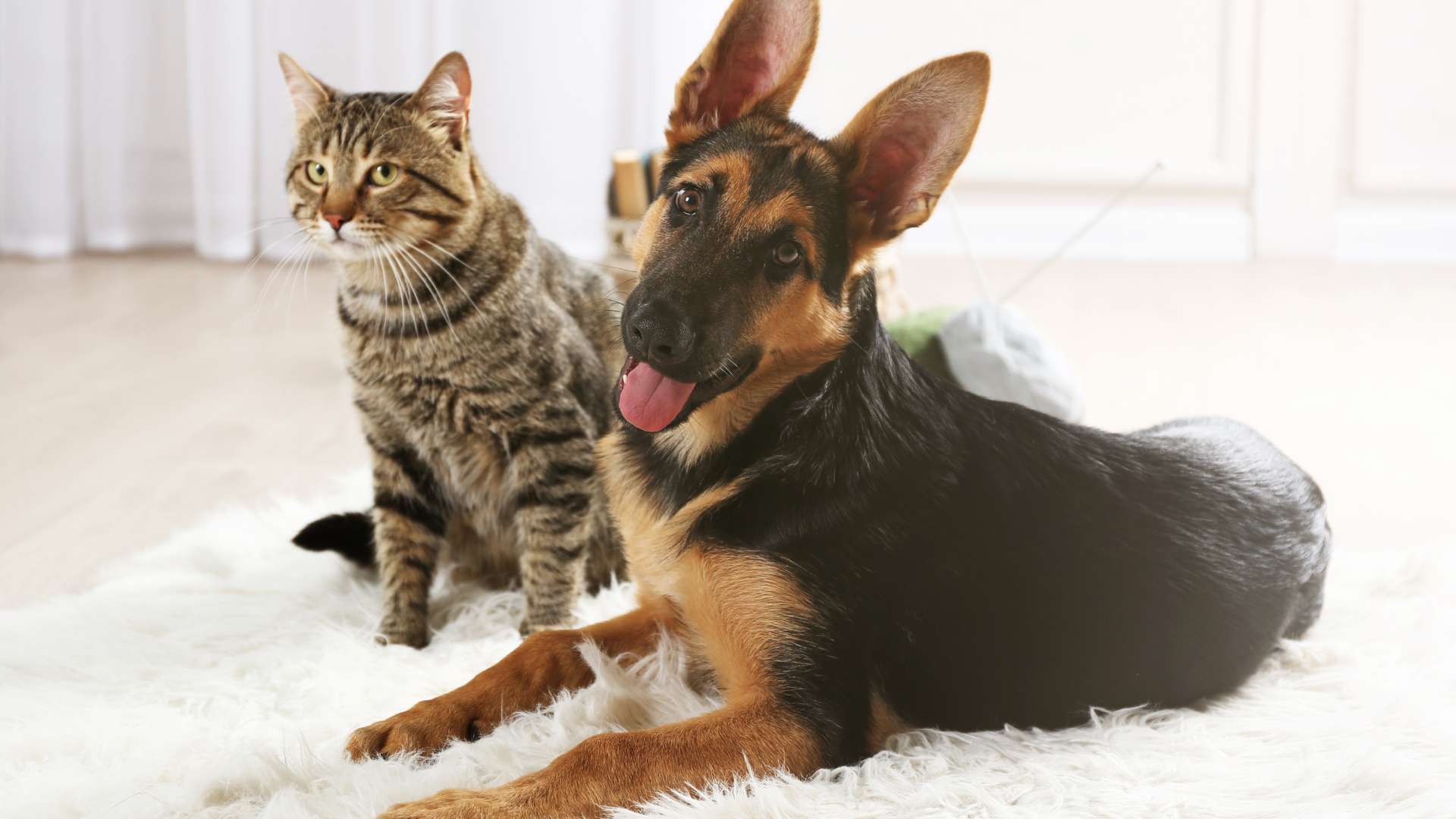Cats are some of the most intriguing and mysterious creatures. From their independent nature to their quirky behavior, they never fail to surprise us. One such oddity that often puzzles cat owners is when their cat puts their butt in their face. While it may seem strange and even a bit uncomfortable at first, this behavior is entirely natural and rooted in a cat’s social structure. In this section, we’ll dive into the reasons behind this curious feline behavior and why it’s actually a good thing for your relationship with your cat.
The Social and Communicative Nature of Cats
Cats, despite their reputation for independence, are highly social animals. They use a variety of body language cues to communicate with each other and with us. While we might view a cat’s actions as strange, they have a completely different way of interpreting their world.
How Cats Use Body Language to Communicate
Cats communicate using subtle body language, such as tail position, ear orientation, and even their facial expressions. A cat’s behavior is often driven by instinct, and their body language can express a range of emotions and intentions. One of the most prominent signals in feline communication is scent marking, which plays a major role in their social interactions.
For instance, when a cat approaches another cat and presents its rear, it's actually offering a form of communication—essentially saying, "I trust you" or "I consider you part of my social group." This action, though it might be surprising to us, is a sign of friendship and trust. Your cat is showing that it feels comfortable with you and recognizes you as part of its family.
As a cat owner, it’s essential to understand these subtle communication cues. Embracing your cat’s behavior will help you bond with your pet and create a harmonious relationship. For more insights into understanding feline behavior, check out the Good Natured Brand Blog, where we delve deeper into the unique ways cats communicate.
What Does It Mean When a Cat Shows Their Butt?
The behavior of presenting their butt is often one of the first things new cat owners notice. While it may seem strange to us, it's important to remember that in the feline world, this is actually a sign of affection and trust. Cats have scent glands located near their tail, and they use these glands to communicate with others.
The Sign of Trust and Friendship
When a cat turns its back on you and presents its rear, it’s actually a gesture of trust. In the wild, cats often display their back end to one another as a way of showing that they’re not a threat. This behavior is seen in domesticated cats as well. By offering you their rear, your cat is signaling that they trust you and are comfortable around you.
This is especially common in cats that have a strong bond with their owners. If your cat has chosen you as its trusted human, they may frequently display their rear as a sign of affection. So, when your cat places their butt in your face, take it as a compliment—your cat is telling you that they feel safe and relaxed in your presence.
Social Bonding and Communication
In addition to being a sign of trust, this behavior is also part of how cats greet each other. In the wild, cats often greet one another by sniffing each other’s rear end. This helps them exchange scents and determine each other's identity, health, and social status. While domesticated cats no longer need to engage in this practice for survival purposes, it still remains as part of their instinctual behavior.
If you find that your cat frequently presents their rear, it’s their way of saying “hello” and checking in with you, much like how we greet others with a handshake or hug. It’s not a sign of disrespect or dominance, but rather a friendly greeting from your feline friend.
Evolutionary Reasons Behind the Behavior
Understanding why cats behave this way requires looking at their evolutionary roots. Wildcats, the ancestors of today’s domesticated cats, used body language and scent marking for communication, territory establishment, and mating. The behavior of presenting the rear can be traced back to these instincts.
Scent Marking in the Wild
In the wild, cats use scent marking to establish their territory and communicate with other animals. When they present their rear to another cat, they are essentially exchanging scents, which can convey important information such as social status, health, and reproductive readiness. This is an important behavior for wild cats to maintain their social hierarchy and prevent conflict.
Domesticated cats retain many of these instinctual behaviors, even though they no longer need to establish territory in the same way. When your cat shows you their rear, they may be simply engaging in this ingrained behavior, even though they are not actively marking territory. Instead, they may just be acknowledging that you are a trusted companion.
Greeting Rituals and Social Hierarchy
In the feline world, body language plays a significant role in social interactions. The rear-end presentation can also be part of a greeting ritual, signaling the cat’s acceptance of another cat or human into its social group. In a multi-cat household, you might observe cats greeting each other in this way as part of their daily interactions. Similarly, when a cat presents its rear to you, it’s an indication that they see you as part of their family.
In essence, this behavior is rooted in the natural, instinctual ways that cats interact and bond with each other. As a cat owner, understanding this can help you see your cat’s behavior in a new light.
For those looking to maintain a clean and comfortable environment after a "butt presentation," it's essential to consider cleaning solutions that are safe for both your cat and your home. Good Natured Brand’s Carpet Deodorizers are ideal for keeping your living spaces fresh and free of odors, especially in areas where your cat likes to lounge.
Cat Behavior in Relation to Domestication
Cats are domesticated animals, but they still retain many of the behaviors from their wild ancestors. Understanding this link is crucial in interpreting your cat’s actions.
Retaining Wild Instincts in Domestic Cats
Although your cat is living in your home, they are still influenced by their wild instincts. The behaviors you see in your pet are not always the result of training or learned habits but are often driven by ingrained behaviors passed down from their ancestors. For example, even though domestic cats no longer need to hunt for food, they still exhibit predatory behaviors like pouncing, stalking, and batting at objects. The rear-end presentation is similarly tied to these wild instincts.
How Domestication Has Shaped Feline Behavior
While domestication has softened some of the wild tendencies in cats, many of their original behaviors remain intact. Cats that are raised in a safe, loving home environment will often display more of these natural behaviors, as they feel secure and unthreatened. Domestic cats have evolved to adapt to living with humans, but they still carry within them the behavioral traits of their wild ancestors.
Understanding the connection between your cat’s behavior and their wild instincts can deepen your bond with your pet. When your cat presents their rear, remember that they are not only communicating with you, but also relying on an ancient form of feline interaction.
In the next section, we’ll explore what you can do when your cat places their rear in your face, and how to respond to this behavior in a way that strengthens your relationship with your feline companion.
Is It Normal for Cats to Do This?
It’s completely normal for cats to display their rear end in front of you. This is a common behavior in the feline world and is a sign of trust and affection. Your cat may be greeting you, showing that they feel comfortable and secure in your presence. While the behavior can feel awkward, it’s important to remember that cats don’t view it the same way humans do.
Why It’s Not a Sign of Aggression
Unlike what you might initially think, when a cat presents their rear, it’s not an act of aggression or dominance. In fact, it’s quite the opposite—your cat is showing you affection and respect. They trust you enough to expose a vulnerable area of their body, which is a sign that they see you as part of their social circle.
Understanding this behavior helps reduce any discomfort you might feel and instead lets you appreciate that your cat is simply expressing their trust. The next time your cat greets you this way, embrace the gesture as a sign of a deep bond.
What Can You Learn from Your Cat's Butt Presentation?
Your cat’s actions speak volumes about how they feel. When they place their butt in front of you, there are a few things it could indicate. By observing your cat’s body language, you can gain deeper insights into their emotional state.
A Sign of Trust and Friendship
As previously discussed, when a cat presents their rear, they are signaling trust. This is especially true if they do it frequently. Cats are very selective about who they trust, and if they’ve chosen you to be part of their inner circle, they will engage in this behavior. It’s their way of saying, "I trust you," and it’s a moment to acknowledge that they see you as family.
Requesting Attention or Petting
Sometimes, cats use this behavior as a way to request attention. They might be asking you for a scratch in a place that they can’t easily reach. If you notice that your cat’s rear is directed towards you while they’re sitting comfortably, it could be a simple request for a pet or a scratch.
In these cases, offering a gentle scratch or petting can strengthen your bond. Just make sure to be gentle and observe their reactions to see if they enjoy it.
How Cats Show Affection
Cats show affection in many ways, and their behavior often goes beyond a simple butt presentation. Other signs of affection include head bunting, purring, kneading, and following you around the house. These behaviors indicate that your cat feels safe and emotionally connected to you.
For more information on how to foster a strong relationship with your cat and read about other behaviors to look out for, visit Good Natured Brand's Blog. It offers useful insights on caring for your feline friend and understanding their unique behaviors.
Is There a Healthier Way to Respond to This Behavior?
You may feel unsure about how to react when your cat places their rear in your face, especially if it feels awkward. Here’s how you can handle this situation in a way that’s both respectful to your cat and comfortable for you.
Responding with Patience
If your cat presents their rear, try not to react negatively or out of discomfort. Instead, take a moment to observe the situation. Most likely, your cat is simply trying to communicate their affection. If it’s a request for petting, you can respond by gently scratching them on their back or at the base of their tail.
Remember, patience is key. If you’re not comfortable with this behavior, you can choose to redirect your cat’s attention to something else. A playful toy or engaging in a short session of interactive play might be an effective way to get your cat to focus on something else. Play is an excellent way to bond and relieve any frustration or restlessness they may have.
Setting Boundaries (If Desired)
While this behavior is natural, it’s important to respect both your comfort and your cat’s needs. If you’re not comfortable with your cat putting their butt in your face, you can gently redirect them. Use positive reinforcement techniques, such as offering a treat when your cat shifts their attention away from you, or encourage them to play with a toy.
It’s important to approach the situation with kindness and respect, ensuring that both you and your cat are comfortable. Over time, with consistent redirection, your cat may adjust their behavior.
For cleaning up after such interactions, or if your cat likes to leave their scent on your furniture, you might find that using Good Natured Brand’s Carpet Deodorizers is a good solution for maintaining a fresh environment at home.
When to Be Concerned About This Behavior
While presenting the rear is typically a natural and affectionate behavior, there are a few scenarios where it may signal that something is amiss. It’s essential to be aware of the context in which this behavior occurs and monitor any changes.
Excessive Grooming or Discomfort
If your cat is constantly presenting their rear and also exhibiting signs of discomfort, excessive grooming, or irritation in the area, it could indicate a health issue. Conditions like anal gland problems, flea infestations, or gastrointestinal issues can lead to abnormal behavior. If your cat seems to be in pain, it’s important to consult with a veterinarian to rule out any health concerns.
Behavioral Changes
If your cat suddenly starts presenting their rear in an unusually persistent or aggressive manner, it could be a sign of stress, anxiety, or an attempt to assert dominance. Behavioral changes like this should be addressed promptly to ensure your cat’s well-being.
When in doubt, always seek advice from a veterinarian to ensure that your cat’s behavior is healthy and normal.
How to Keep Your Cat’s Rear Area Clean and Healthy
As part of your cat’s grooming routine, it’s important to keep their rear area clean and healthy. Cats are generally fastidious groomers, but they may need a bit of help from you in this area.
Regular Grooming and Hygiene
Keep an eye on your cat’s rear area to ensure it’s clean and free of any buildup. Regular grooming helps prevent discomfort and ensures that your cat remains healthy. If your cat is having trouble reaching this area, gentle wiping with a pet-safe, wet wipe can help maintain cleanliness.
By keeping your cat clean, you also ensure that their rear area remains free of odors and potential health issues. For cleaning up any messes in your home, Good Natured Brand’s Laundry Powders can help remove pet stains and odors from your pet’s bedding and towels.
When to Use Pet Hygiene Products
If you notice that your cat’s rear area is persistently dirty or has a strong odor, it may be time to consider using pet-safe hygiene products. A high-quality, gentle wipe designed for pets can make cleaning easier, especially for cats that aren’t able to groom themselves as effectively.
The Role of Play and Bonding in the Behavior
Play is an important part of every cat’s life, and it’s no different when it comes to behaviors like rear-end presentation. Playtime helps to release excess energy, reduce stress, and build a stronger connection between you and your cat.
How Play Influences Behavior
Cats that engage in regular play may display fewer unwanted behaviors, including excessive rear-end presentation. Providing interactive toys and engaging in play sessions helps your cat stay mentally and physically stimulated, which can reduce their desire to seek attention in other ways.
Bonding through play allows you to connect with your cat on a deeper level, and it also keeps them happy and healthy. Offering a variety of toys, including feather wands, balls, and puzzle feeders, can keep your cat entertained and mentally challenged.
For easy clean-up after playtime, Good Natured Brand’s All-Purpose Cleaners are perfect for cleaning any messes your cat may leave behind.
Conclusion: Embracing Your Cat’s Unique Quirks
When your cat places their butt in your face, remember that it’s a natural and affectionate behavior. Cats communicate their trust and affection through body language, and this behavior is a sign of their bond with you. While it may feel awkward, understanding and embracing your cat’s quirks will only strengthen the connection between you and your feline friend.
If you’re ever unsure about any of your cat’s behaviors or need assistance with cleaning and caring for your pet’s environment, Good Natured Brand’s Main Page has a wide range of pet-friendly products that can help. Keep your home fresh and your cat happy with our eco-friendly Carpet Deodorizers, Laundry Powders, and All-Purpose Cleaners designed to make life with your furry companion even more enjoyable.


















